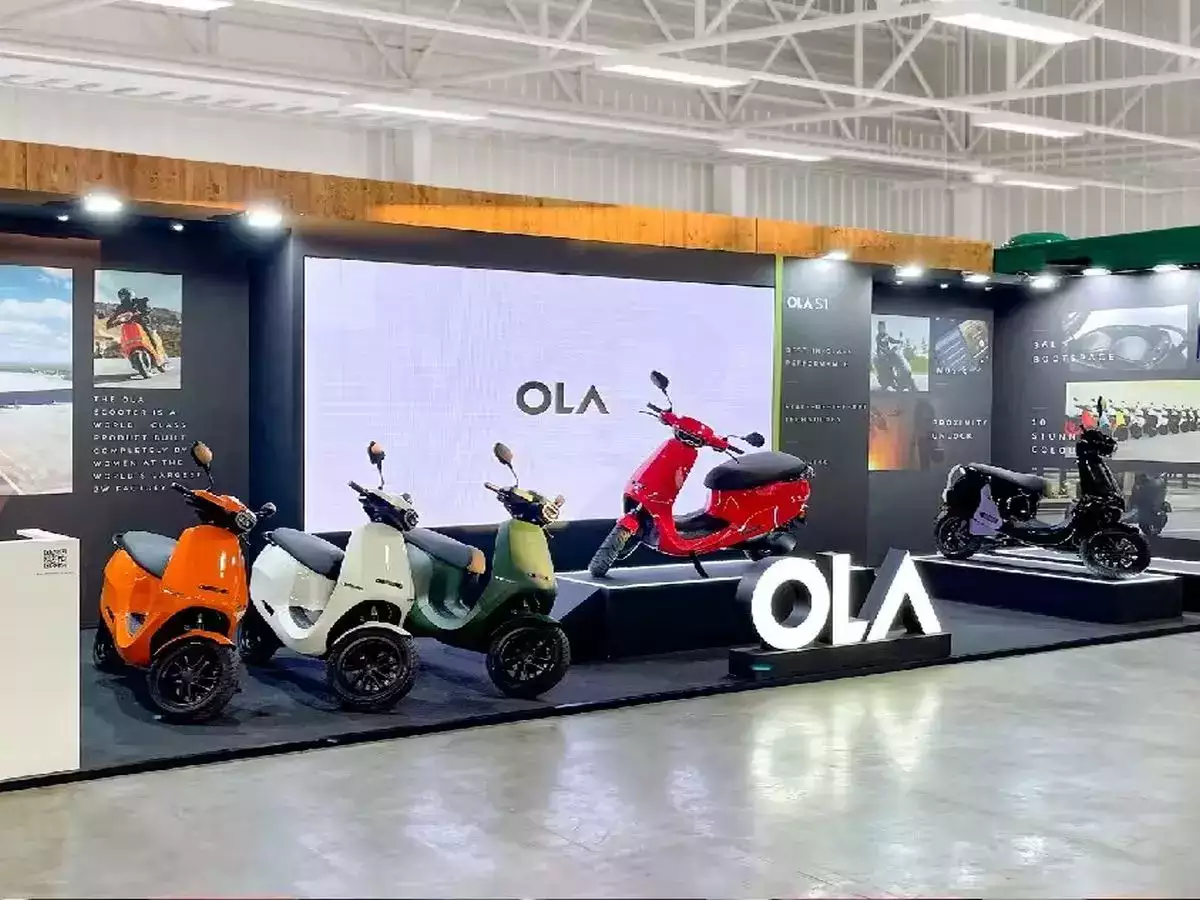
The startup ended FY24 with a claimed market share of 35%. Established OEMs like Hero MotoCorp, Bajaj Auto, and TVS Motor are gradually ramping up their presence. In a reference to the 'incumbents'' entering the EV space, Ola Electric’s Chairman and CEO Bhavish Aggarwal says “der aaye durust aaye” (Hindi for ‘better late than never’).
He also said that “earlier, the incumbents were thinking EV is not relevant. Now as they're coming into the EV industry, it's good, it's actually good that unko samajh aa raha hai (Hindi for “they are understanding” that EV is the future.” Aggarwal believes that industry-wide participation is crucial for building a solid domestic EV industry in India, which is still at a nascent stage. “The EV growth story actually in India is in its absolute early days. It's day one for the EV story in India,” Aggarwal said during a media meet to announce Ola Electric’s IPO, scheduled to open on August 2.
Electric two-wheelers, with sales of 7 lakh units, had a 4.5% share in the overall two-wheeler market in FY23. The segment volume is projected to reach 13 million-14 million units, or 41.5% of the two-wheeler industry in FY28, when overall volumes are expected to reach 27million -28 million units.

A winning strategy
While there are moves in the ICE vehicle industry towards EVs, some key strategies to win in the new game may be quite different from the traditional industry. Ola Electric believes its decision to invest in vertically integrated manufacturing, and building in-house capabilities for core R&D have helped launch more products sooner, and gain market leadership.
“Ability to build future technologies is the winning strategy in EV for a company. And this might apply to companies which are able to build future technologies, as well as create a manufacturing ecosystem because that is different for EVs versus ICE (vehicles),” Aggarwal said.
Cell manufacturing capabilities
Ola Electric has invested around INR 500 crore to set up a 1.4 Gwh cell manufacturing plant. It will start commercial production from FY26. This is a critical move as it will not only reduce cost due to localisation of the battery pack, which comprises a third of the vehicle’s cost, but the new battery cell will pack more power. Aggarwal says that compared to the cells (2170) in the existing battery pack in Ola vehicles, the new ones (4680) will have 5X more energy.
This will also enable Ola to pack more power in the same available battery pack space, in the existing vehicles, and/or future models. Along with that, Ola Electric looks at platform sharing for more models to reduce costs. Aggarwal says Ola Electric has invested INR 1,000 crore in R&D over the past 3 years, and that there is an engineering team of 959 members helping build the critical in-house technology capabilities.
Investments for a profitable ride
Ola Electric has two large debt lines, one for the million unit manufacturing plant, and the other for the cell giga factory, with both linked to asset creations. It has secured an INR 1, 900 crore line of credit to invest in the 5 Gwh factory. For FY24, Ola Electric reported a negative EBITDA of INR 1,040 crore or -19.8%, compared to INR 1197 crore or -43% in FY23. In FY24, it clocked revenue of INR 5,009 crore, a 90% growth over the previous year.
Aggarwal refers to Ola Electric’s performance over the past couple of years as a period “where we've grown volumes, and we've invested for higher volume. As we're growing into that capacity, our margins are improving. And you can see that now. I can't tell you when the intersection will happen. But you can, you can extrapolate and make your own guess. So that's one theme of profitability”. The other “theme” for profitability is the vertically integrated manufacturing strategy.
As for the EV industry outlook, Aggarwal remains bullish, understandably. “It will become electric over time. And, category by category might follow a different strategy. So I don't see any slowing down of the story. In fact, with more and more product launches, you actually see the expansion only.”
And a fair share of the new launches will be from the “incumbents”.
Disclaimer: The copyright of this article belongs to the original author. Reposting this article is solely for the purpose of information dissemination and does not constitute any investment advice. If there is any infringement, please contact us immediately. We will make corrections or deletions as necessary. Thank you.





